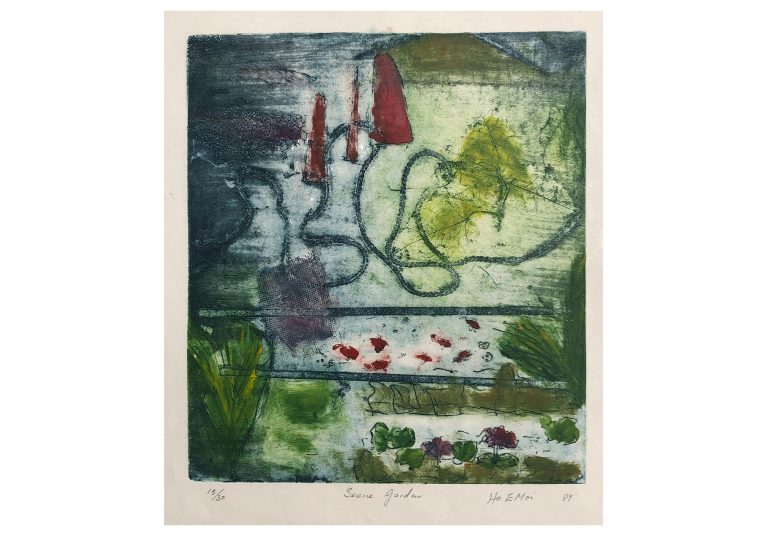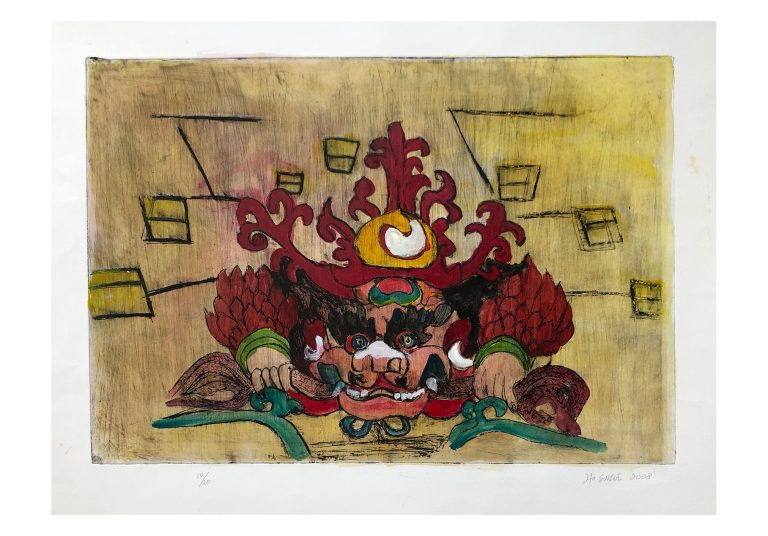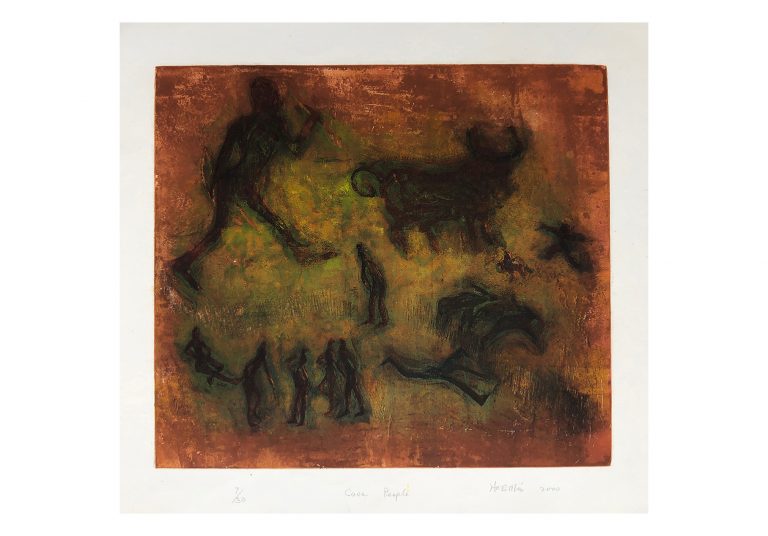Women Artists:
At the Edge of Visibility
5 – 30 Sep, 2020
Online Exhibition
Text by: Sui Chen
Specialist: David Fu, Sui Chen
Email: asian.mca@33auction.com
Tel: +65 6747 4555
Physical viewing available in Singapore
Viewing address: 215 Henderson Road #01-05
Singapore 159554
Monday to Friday: 10am – 6 pm
Weekends or Public Holiday: By appointment
“Do women have to be naked to get into the Met(ropolitan) Museum?” – by Guerrilla Girls published on 1989
Often times, we are hesitant to discuss the subject of under-representation of women in society, and assume that they were the suppressed voices. Indeed, women have never gotten the serious attention, specifically, in this very male oriented and at times, potentially, chauvinistic art world. No matter is it art making or art connoisseurship, women certainly, were in extremely challenging situations to be taken seriously.
The 5 artists presented in the exhibition, Lai Foong Moi, Han Sai Por, Chng Seok Tin, Ho E Moi, Hong Sek Chern, are but few examples of women artists with their distinct approaches, charted new boundaries of Modern Art in 21st century Singapore. The general lack of institutional visibility or even representational critiques about their works do not deplore their expressions as inferior to the rest of their male contemporaries. Does it mean women artists are not making good enough art?
Suffice to say, in this exhibition, we showcase mainly works that were made between 70s to 90s, a period when Singapore outlined several public campaigns as a young nation, just to name a few; Stop-at two or even one (1972), The Graduate Mothers Scheme (1984), Have three or more, if you can afford it (1987). Debatable these campaigns may be, but undeniably, they effectively provided women with more opportunities than ever before, in terms of education and professions, however, women artists as a profession were languished in the shadow of modern history; and still remain overlooked and undervalued.
Having said that, this showcase will be focusing on the materials and working methods on how these paintings and sculptures were made. In fact, we certainly would not want this showcase becoming a mere act of tokenism for women artists, especially not at the expense of their sculptures and paintings.
We will begin, by first looking at Lai Foong Moi’s painterly depiction of ‘What’s before us?’; followed by observations of more microscopic objects such as The Seed by Han Sai Por, and would love to conclude in the end, as we start looking up right to The Payloads by Hong Sek Chern. More critically, let’s examine them as just artists who made spectacular works; and hopefully to amplify the way they are represented.
Toggle to view available works
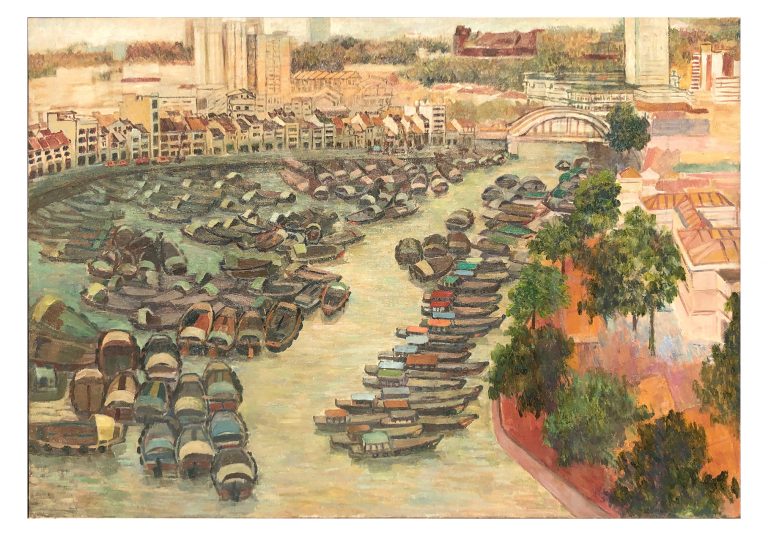
Lai Foong Moi
Singapore River, circa 1970s
oil on canvas, framed
78 x 109 cm
Exhibited in 2013 National Museum of Singapore ‘A Changed World:Singapore Art 1950s – 1970s’
S$ 42,900
Send us your inquiry for Singapore River!
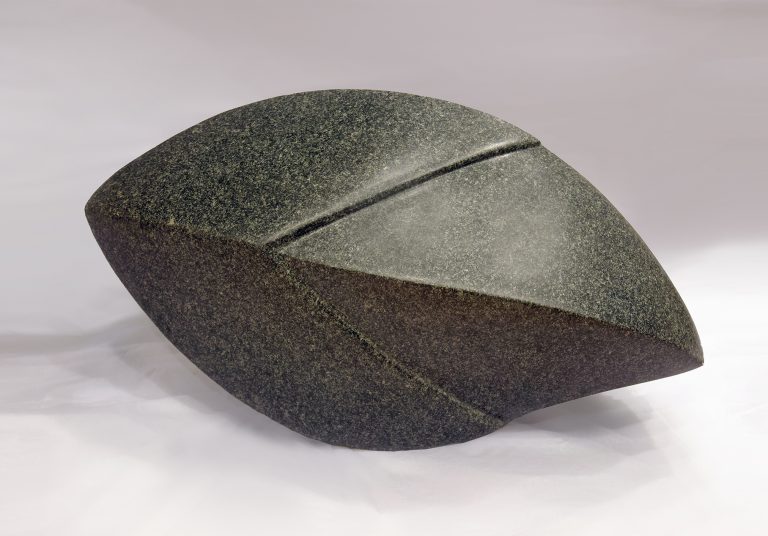
Han Sai Por
Seed Series, circa 1990s
green granite
28(h) x 55(w) x 30(d) cm
S$ 23,400
Send us your inquiry for Seed Series!
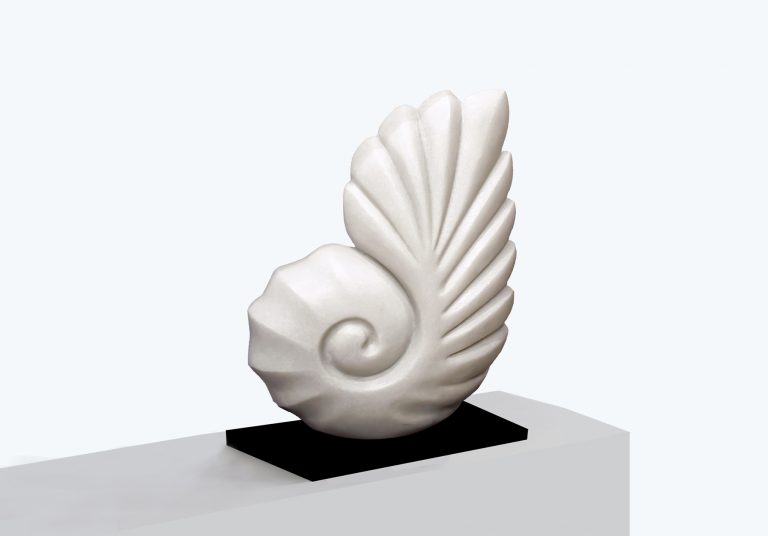
Han Sai Por
Flora Series 15, 2015
marble
36(h) x 28(w) x 16(d) cm
Accompanied with a certificate of authenticity signed by artist.
S$ 20,800
Send us your inquiry for Flora Series!
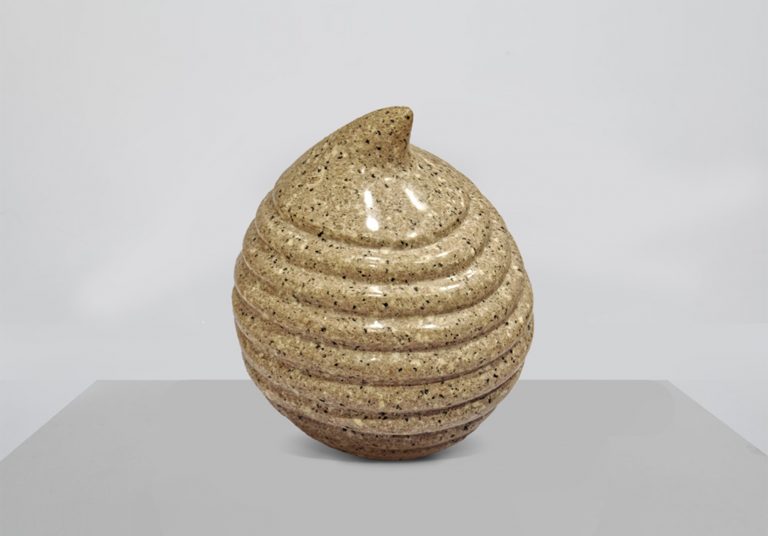
Han Sai Por
Seed Series, 2008
pink granite
30(h) x 25(d) cm
Accompanied with a certificate of authenticity signed by artist.
S$ 15,600
Send us your inquiry for Seed Series, 2008!
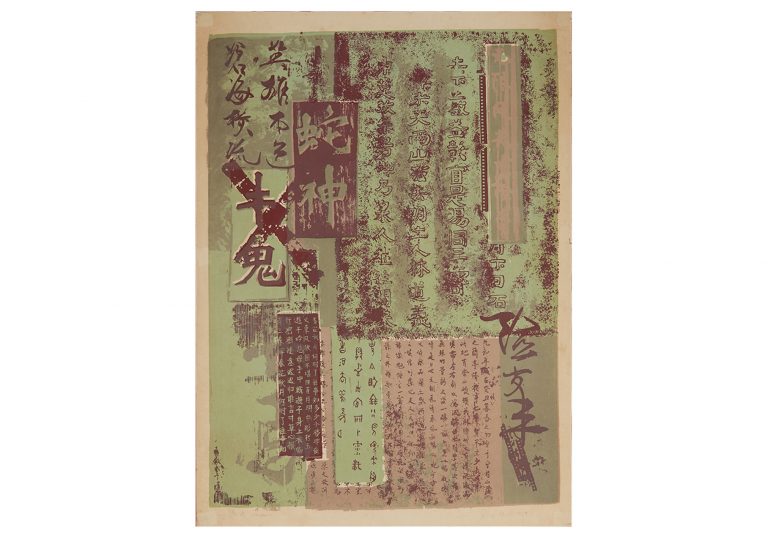
Chng Seok Tin
Random, 1979
silkscreen on paper
edition: 1/12
print area: 76.5 x 55.5 cm
literature: Uncommon Wisdom, 2011, Nanyang Academy of Fine Arts, p. 103
S$ 7,150
Send us your inquiry for Random!
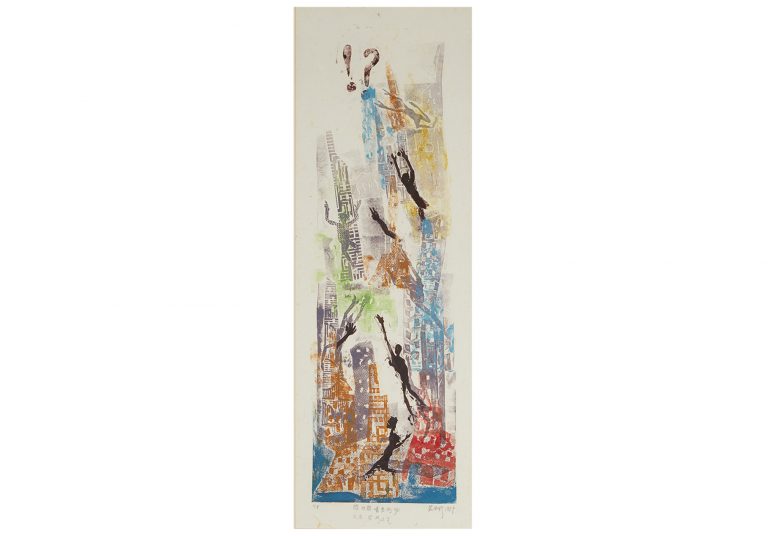
Chng Seok Tin
Concrete Jungle series, 1994
collagraphy on paper
edition: T.P (Trial Proof)
print area: 87 x 29 cm
S$ 3,900
Send us your inquiry for Concrete Jungle!
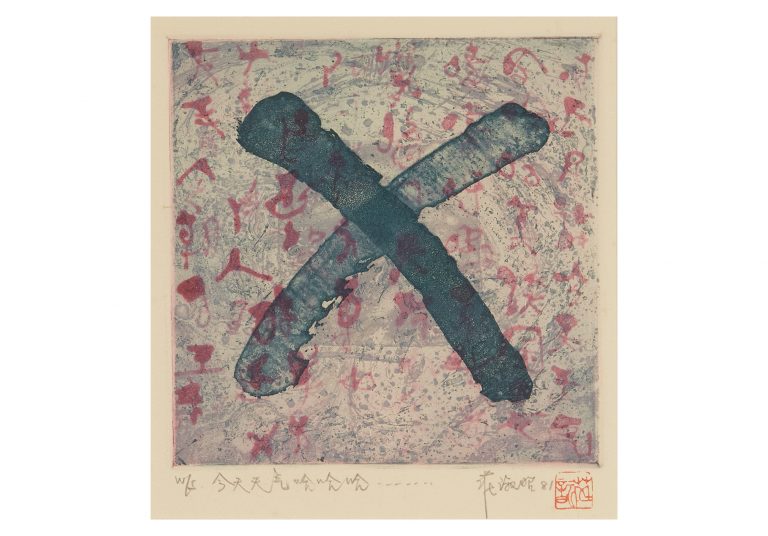
Chng Seok Tin
Elite Policy series – Today’s Weather Ha Ha Ha..!, 1981
colour intaglio, copper plate (3 plates), on acide free matt paper, executed in New Mexico USA
edition: w/s (working state)
print area: 23.5 x 22 cm
S$ 3,900
Send us your inquiry for Elite Policy series!
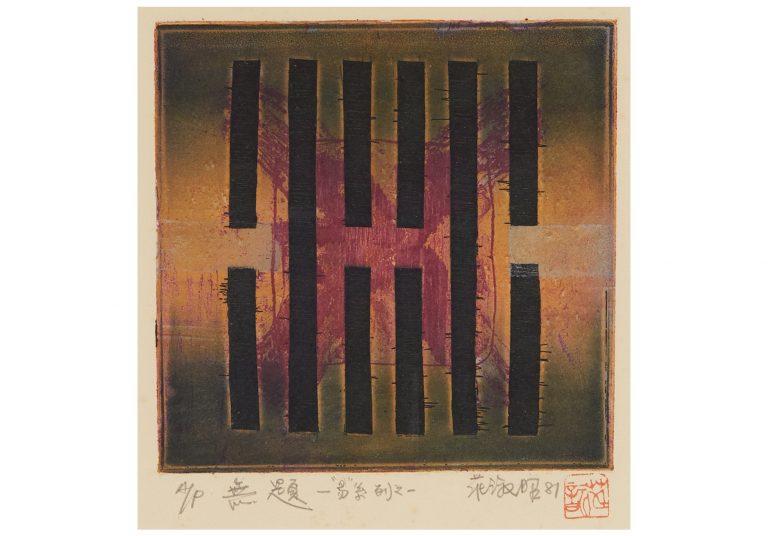
I-Ching series – Untitled, 1981
colour intaglio, copper plate (3 plates), on acid free matt paper, executed in New Mexica, USA
edition: A/P (Artist’s Proof)
print area: 21 x 19.5 cm
S$ 3,900
Send us your inquiry for I-Ching!
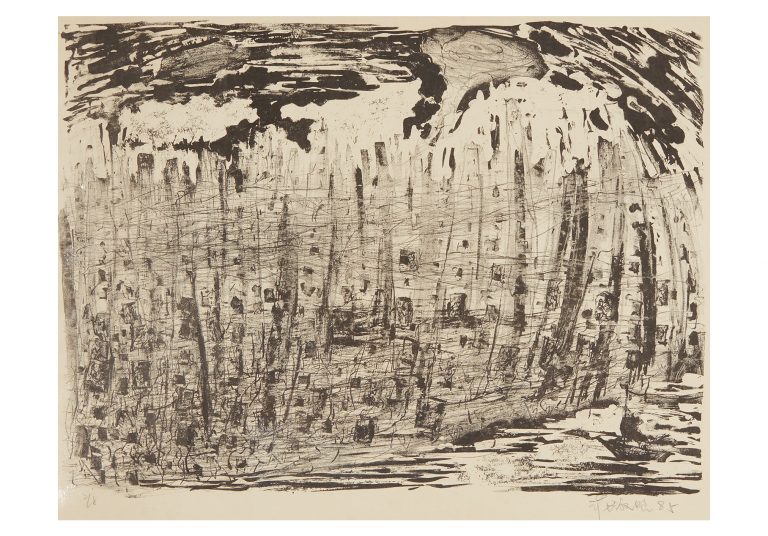
Chng Seok Tin
The Melody of Metropolitan, 1985
lithography on paper
edition: 2/8
print area: 31 x 42 cm
literature: Uncommon Wisdom, 2011, Nanyang Academy of Fine Arts, p. 58
S$ 3,900
Send us your inquiry for The Melody of Metropolitan!
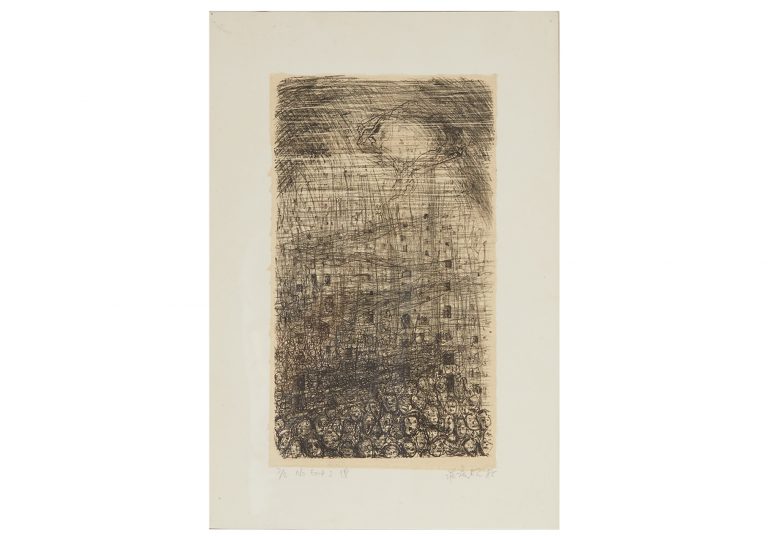
Chng Seok Tin
No Exit I, 1985
lithography on paper
edition: 2/3
print area: 38.5 x 21 cm
literature: From Water Series to The Floating World, National Museum Art Gallery, 1987, unpaginated
S$ 3,900
Send us your inquiry for No Exit I!
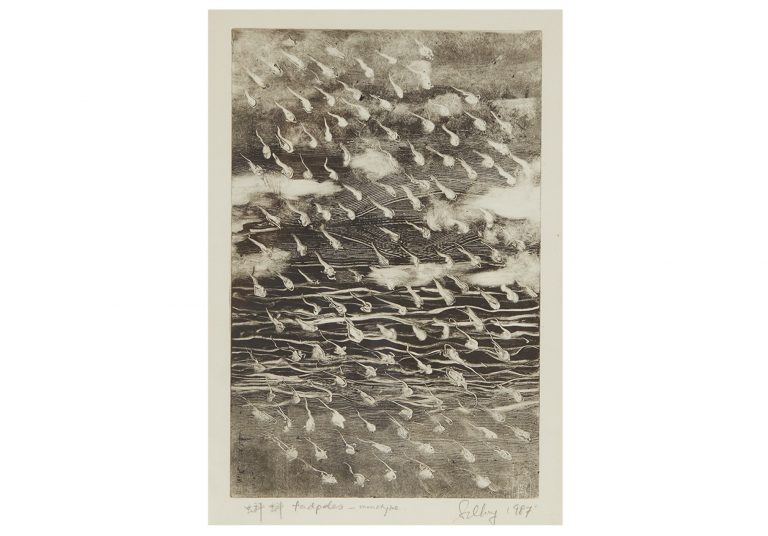
Chng Seok Tin
Tadpole, 1987
monotype on paper
edition: unique
print area: 33.5 x 23.5 cm
S$ 3,900
Send us your inquiry for Tadpole!
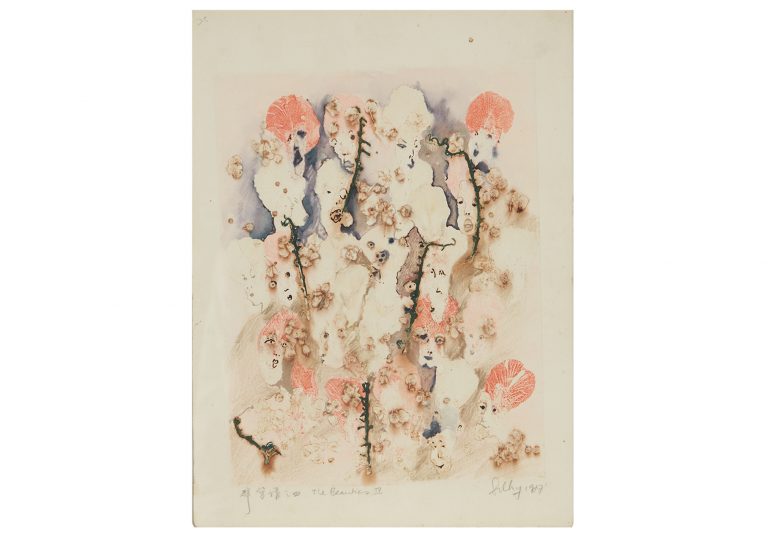
Chng Seok Tin
The Beauties IV, 1987
monotype print and watercolor on paper
edition: unique
print area: 38 x 28 cm
S$ 3,900
Send us your inquiry for The Beauties IV!
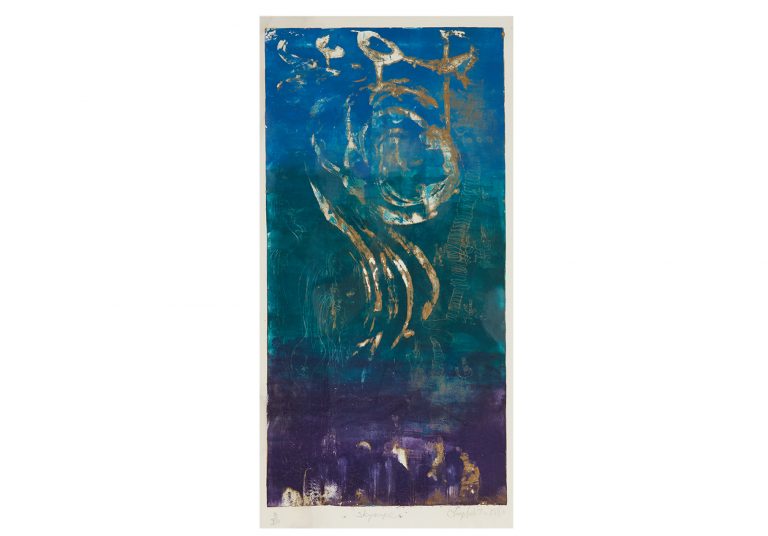
Chng Seok Tin
Skyscape, 1990
etching and mixed media on paper
edition: 2/20
print area: 65 x 33 cm
S$ 3,250
Send us your inquiry for Skyscape!
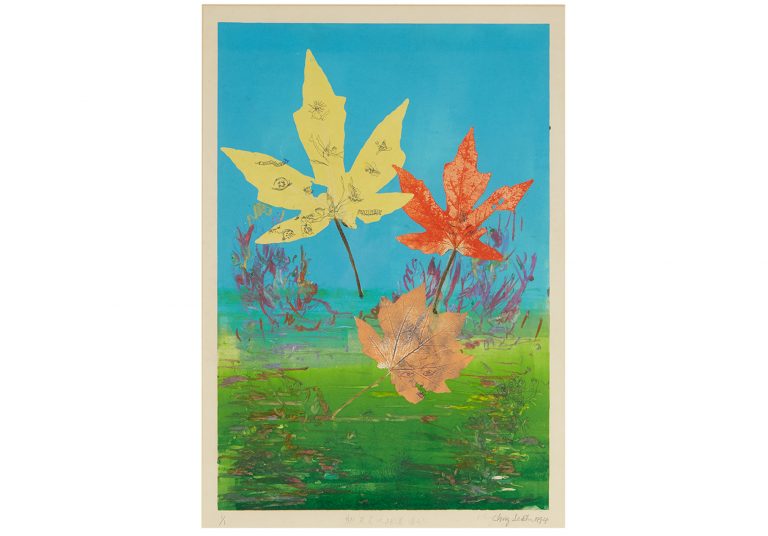
Chng Seok Tin
Yosemite series – Maple Fantasy, 1994
monotype on paper
edition: 1/1
print area: 62 x 43 cm
S$ 5,850
Send us your inquiry for Maple Fantasy!
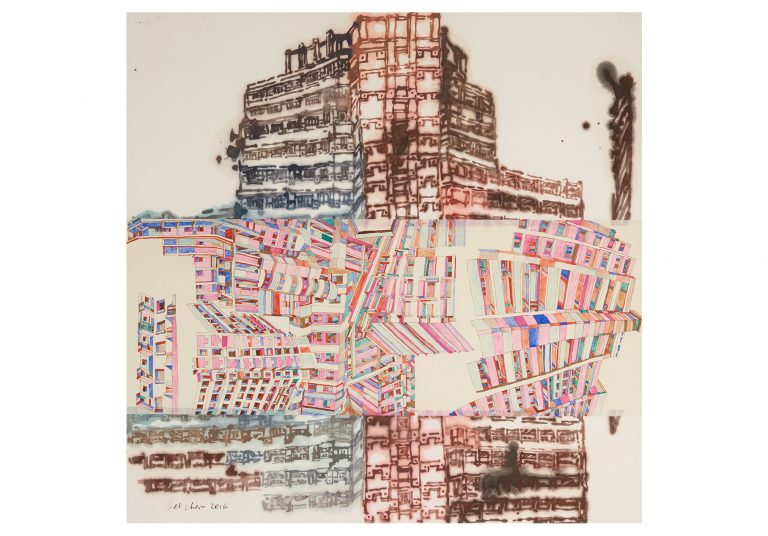
Hong Sek Chern
The Payloads, 2016
chinese ink, gouache on paper
106 x 106 cm
Exhibited in DRIFT: Solo Exhibition by Hong Sek Chern, Chan + Hori Contemporary, 2016
S$ 5,850
Send us your inquiry for The Payloads!
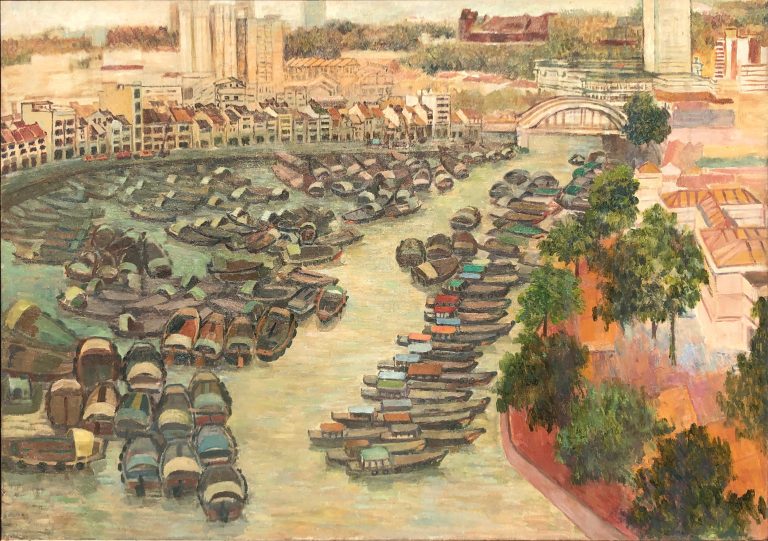
78 x 108 cm, oil on canvas
Lai Foong Moi (1931 – 1994)
Born in 1931 in Malaysia, during an era that few had thought to traverse to the West for education, Lai Foong Moi had already successfully secured a scholarship from the French Government to the L’Ecole Nationale Superieure des Beaux Arts. She returned to Singapore in 1958, with the painterly style she had learnt in Paris, and paved the history of Singapore art for her pivotal teaching role in NAFA, passing on her knowledge to many second and third generation artists.
The jubilant palette used on depicting anchored sampans reveals subtle infusion of Lai’s sensitive sentiment to the Singapore River.
Samsui women loading sacks of staples at the Singapore River was a common sight. Although Lai wears post-impressionist on her sleeves, she had never opted to depict seductive and submissive women in her works. Instead, Lai is well recognized for establishing Samsui women in her paintings. What’s not depicted is the most obvious. Singapore River which describes no sight of labourers in this prospering landscape, is a gleeful tribute to all the contribution made by unsung heroines.
Han Sai Por (b. 1943)
“In my sculpture, I like to depict life and nature…to create pure, essential form, rather than a mere superficial imitation of nature. I would like to think my sculpture has a force or inner life inside struggling to get out.” – Han Sai Por


Han Sai Por, Flora Series 15, 2015
36 x 28 x 16 cm, marble
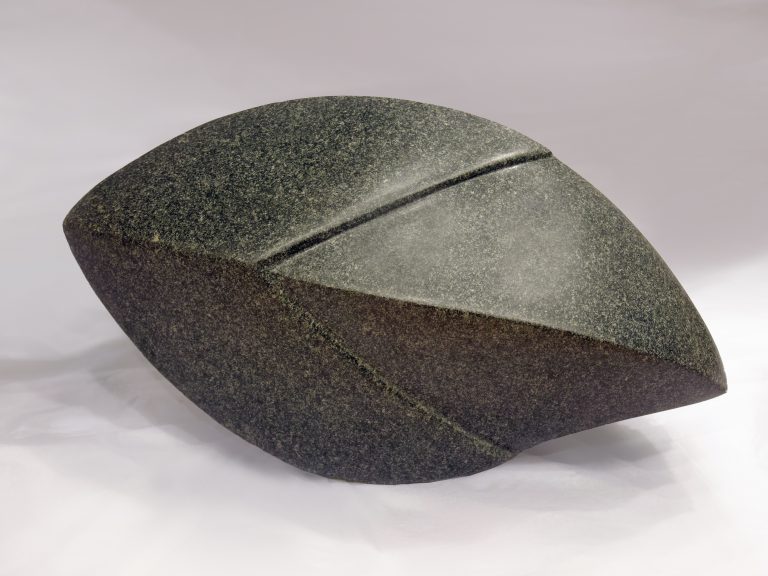
Han Sai Por, Seed Series, circa 1990s
55 x 30 x 28 cm, green granite

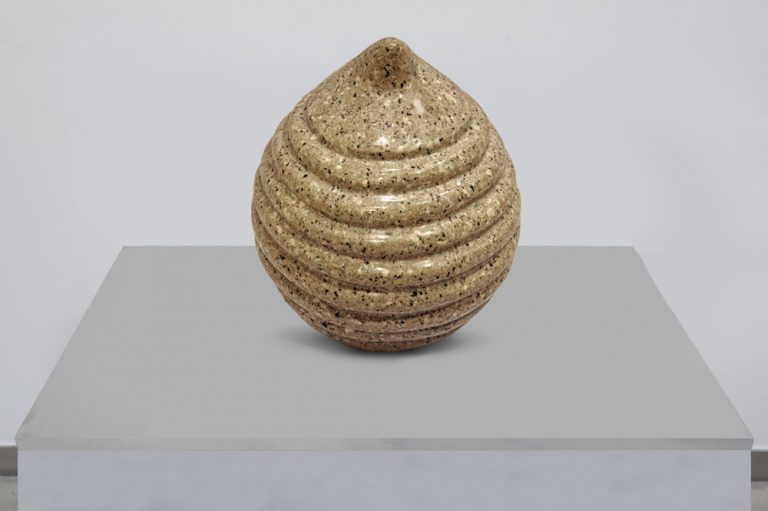
Han Sai Por, Seed Series, 2008
25 x 25 x 30 cm, pink granite
The 3 sculptures showcased here are part of the Seed and Flora series, they reflect her longstanding interest in nature. Looking at the works, they imbue sense of primordial forces of vitality, survival and healing energy of the mother nature. They are sculpted in elemental shapes, always organic and in full form. As we retreat from a distance, these monolithic stone sits naturally into the landscape with ease, embellishing the surroundings. Suddenly, the structure assembles into a totemic form as it exudes equanimity to viewers.
Han’s practice has a singular focus on, basically, how masses interacts with space and light. Far from the strength and resilience required to hand-worked from start to finish all by herself, the works are provocatively simple. The sensual volume and tranquil smoothness is achieved, ironically, by painstakingly carving, sanding and polishing from the hardest material we can ever imagine. Han’s sculptures in acute organic shapes and tactile dimension, manifest abstract notion of spatial relationship between nature and her habitants.
Traditionally, sculpture – an object in space, demands huge staminal from the maker. Han’s gestural shapes hewn from large masses of stones are a testament to her determination to break free from accepted traditions of women’s role in society.
“Don’t think of me as a stone mason in a quarry; it is not that tough. I am actually quite a happy artist.” – Han Sai Por
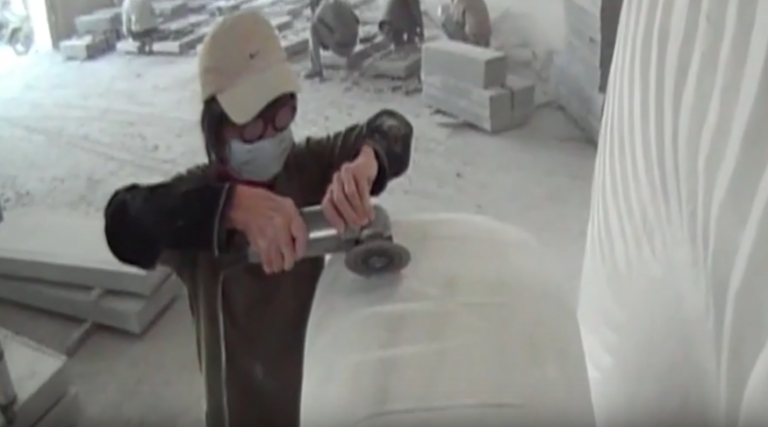
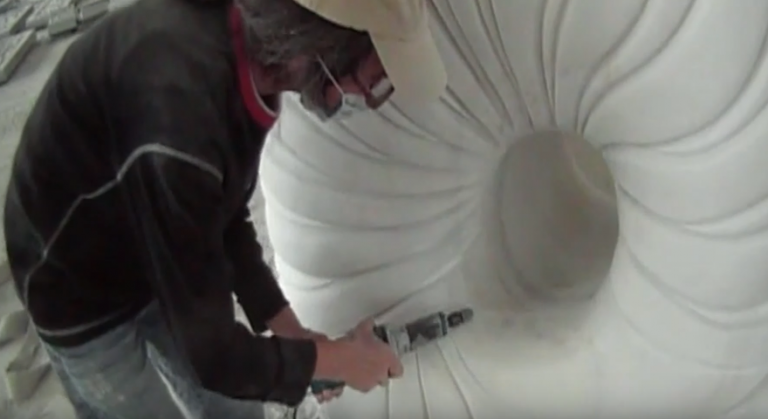
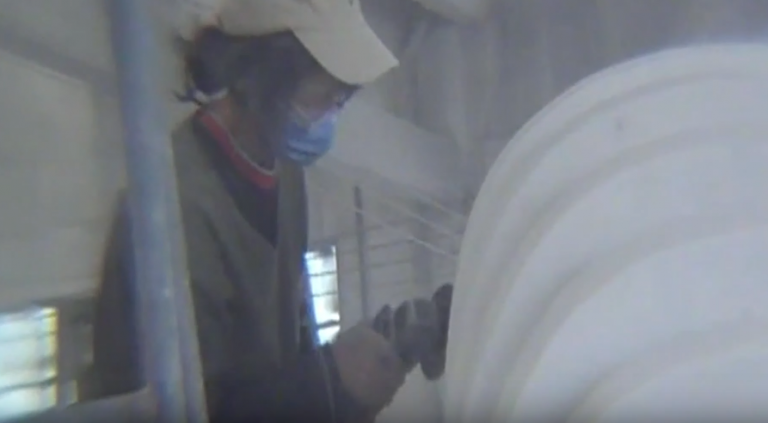
Artist at work
Image credit: Han Sai Por and National Gallery Singapore
Chng Seok Tin (1946 – 2019)
Chng’s genesis into printmaking begins with the rejection from Birmingham College of Art. Though unsuccessful, several months later, Chng received an anonymous letter from a stranger recognizing her potential in pursuing art after viewing her admission portfolio to Birmingham. He encouraged her not be to dejected and should first apply for foundation art studies to the St. Martin’s School of Art in London. The stranger was later known to be Singapore artist Tang Da Wu.
Upon graduation from St. Martin in 1976, Chng was awarded by Lee Foundation with the Study Award and she immediately enrolled in the Hull College of Higher Education where she obtained a Bachelor of Fine Arts in printmaking. Subsequently, she was the first recipient for the Cultural Foundation Award and embarked onto another sojourn for postgrad studies at the Hornsay College of Art in UK in 1980. An enthusiastic explorer, Chng landed overseas once again to Paris at the Atelier 17 to study Intaglio printing, before moving to New Mexico State University (1983) and University of Iowa (1985), obtaining 2 master’s degrees both in printmaking.
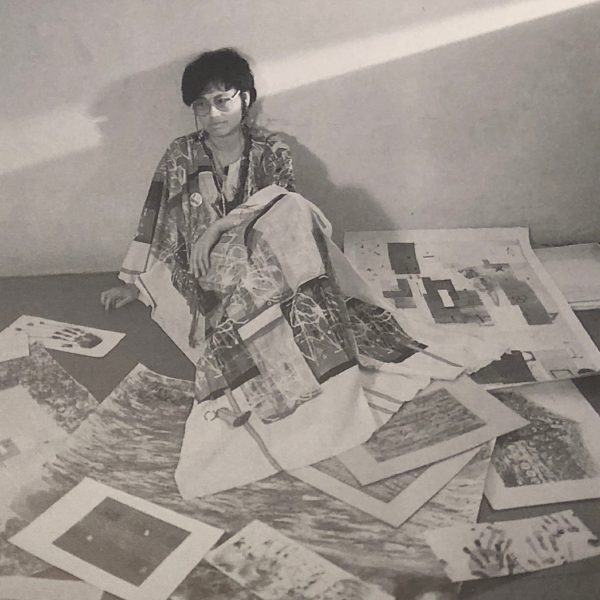
surrounded by part of her works
image credit: National Musem Art Gallery, Singapore
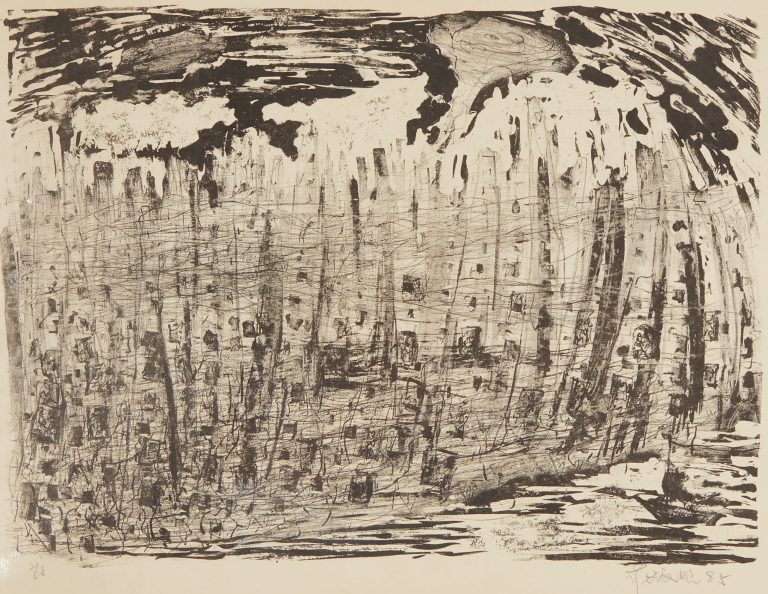
35.5 x 49 cm, lithography
edition: 2/8
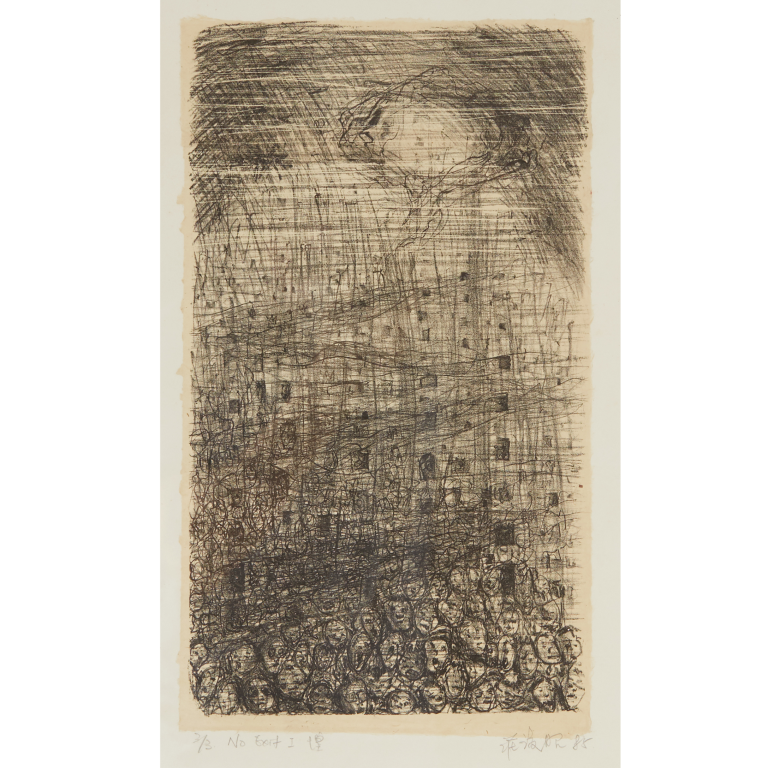
Chng Seok Tin, No Exit I, 1985
35.5 x 49 cm, lithography
edition: 2/3
Chng’s printmaking begins with inspiration drawn from her surroundings, when in New Mexico, the old town pueblo-style architecture built of mudded-coloured bricks accentuates each and every colourful windows, I-Ching series took inspiration from the windows. She later encountered four seasons and paradisal geography in Iowa. Chng started working on her water series, The Melody of Metropolitan, depicts landscape of Iowa as almost fantasy and dream-like. However, as Chng describes they are not hopeful dreams, in fact, they are tragic dreams. The series eventually lead to her later extension of “Floating World” series which includes, No Exit I.
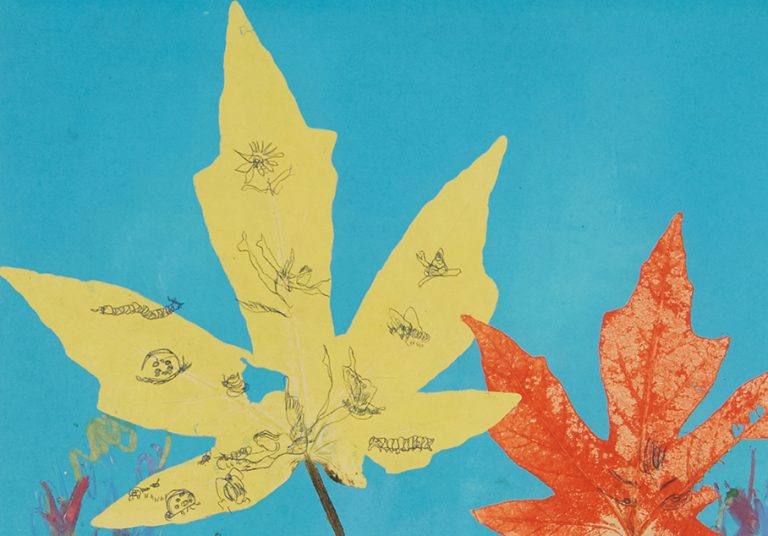
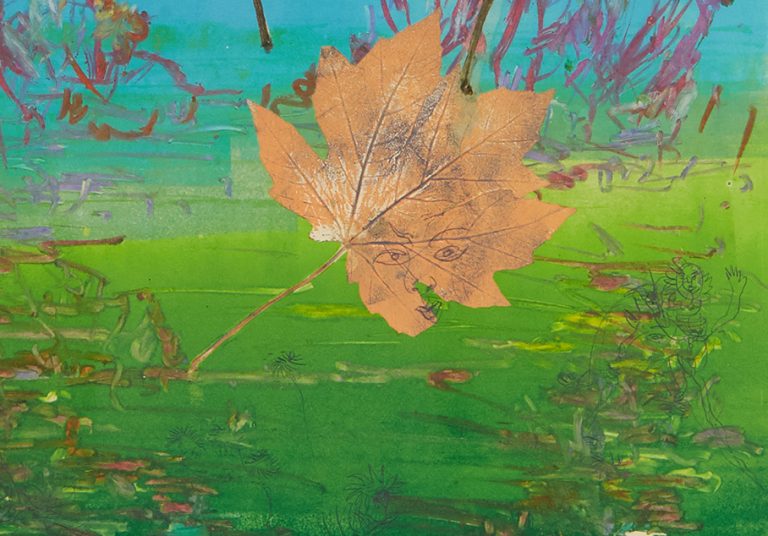
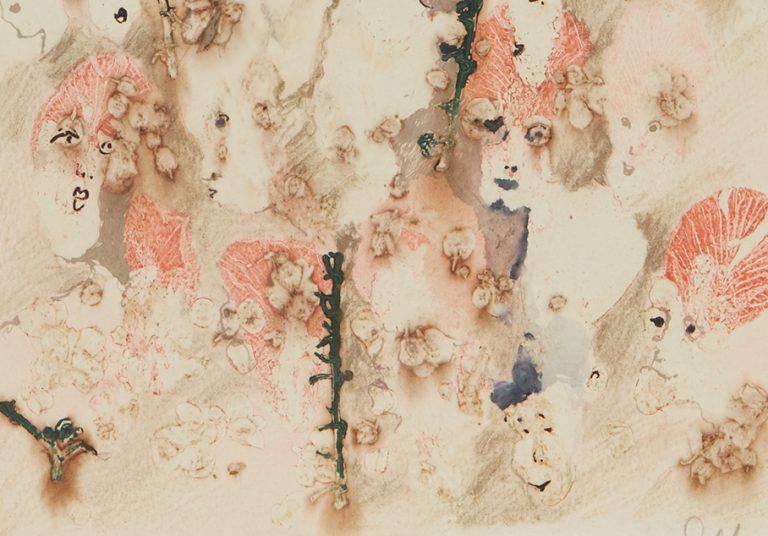
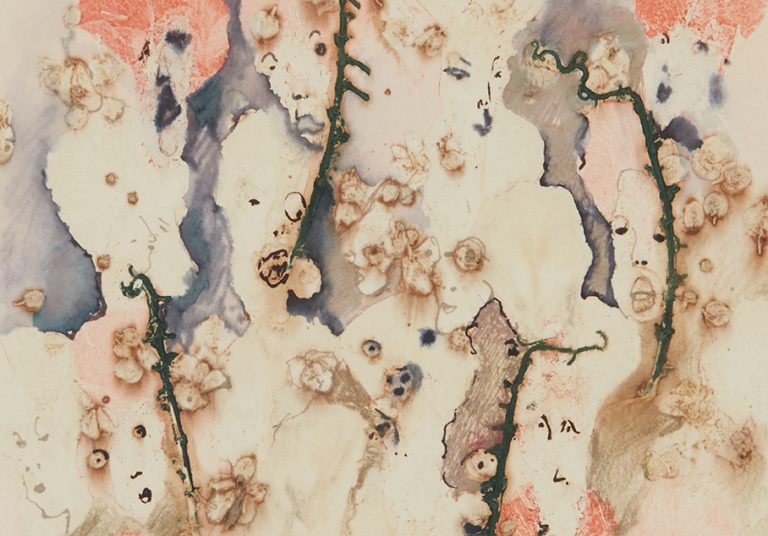

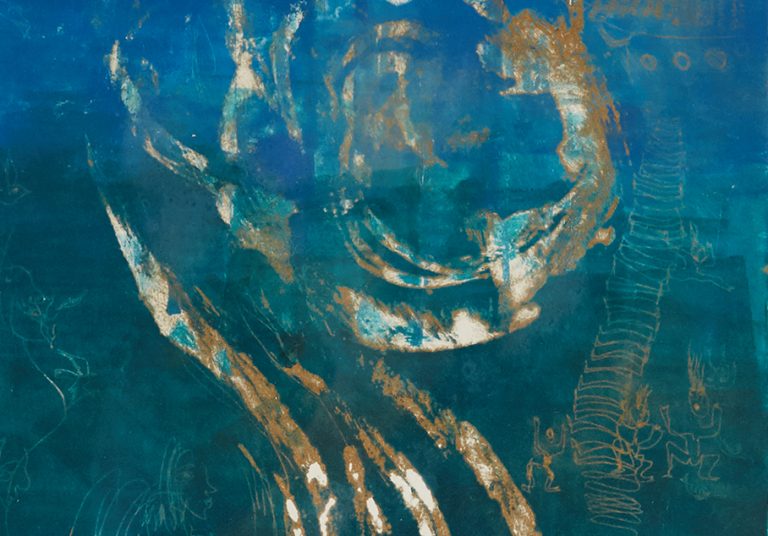
Detail: The Beauties, Maple Fantasy, Skyscape
If we get close to some of her monoprints / monotypes (The Beauties, Maple Fantasy), they are also a printmaking method which she started exploring beginning late 1980s. Chng generates these pictures by placing paper over found objects and textures, dabs it with ink and embosses the marks onto paper through the press. In a way, each print is unique and Chng is using a quasi-automatism technique. From the result of the prints, she goes back in and selectively adds details to transform what could have just been an inert pattern into creative imageries.
Upon her return from Iowa, the claustrophobic lifestyle of Singapore and unexpected fall which took away her visual partially motivated her series of works titled Concrete Jungle. The emotional difference become visual metaphors onto her works. The architectural building are skyscrapers that she saw as a ladder, as she climbed the cliff of pain and suffering, Chng was determined to continue to explore the world with her fuzzy eyes.
In printmaking, compositions are developed in stages. Artist works in a variety of print technique like lithography, etching, and drypoint. The process begins with working on a copper plate, artist will etch on the surface of the waxed plate, then dabble ink onto the recessed area, after which they run it through the press, where by the ink that remains in the recessed area get transferred onto paper. Artists will then examine the sheet of paper, and make adjustments to the plate and runs it through the press again. During this process, some prints are trial proofs of the evolving state before fine tuning into the final compositions that artist decides to issue in an edition. Usually, the editioning of prints during evolving state are inscribed as W/S (working state), T/P (Trial proofs) or A/P (Artist Proofs).
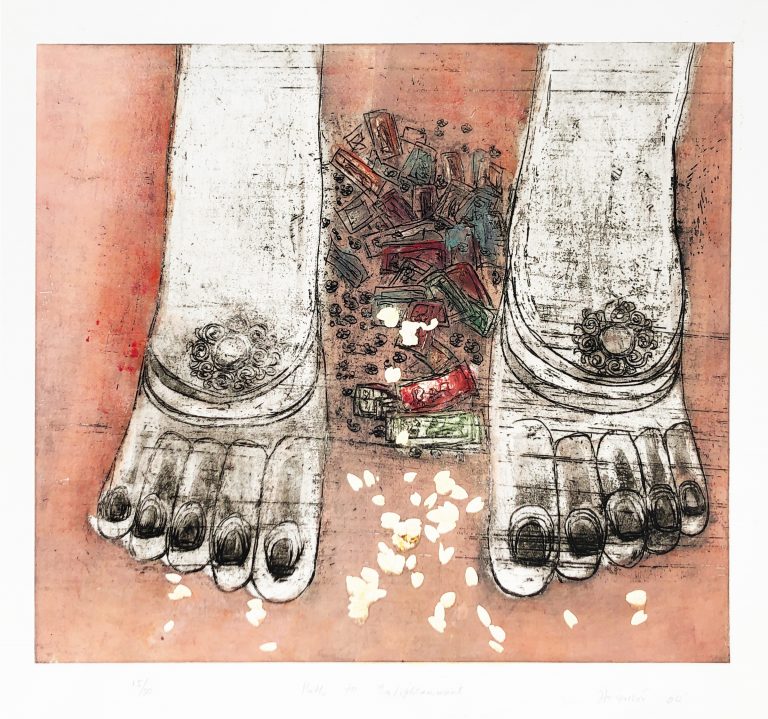
Ho E Moi, Path to Enlightenment
42.5 x 48 cm, etching
edition: 15/30
Ho E Moi (b. 1947)
“In my travel to Tibet in 2003, I came upon a very old temple and saw the ‘footprint’ of Master Atisa. I am very inspired by the footprint, which encourages me to embark on the path to wisdom and enlightenment.” – Ho E Moi
Tutored under pioneer artist Cher Cheng Ling, Ho first learnt Chinese ink painting, before her training into western art at the NAFA. An active member of the Print Society, Ho often uses printmaking as a way to document her travels around the world. Unlike Chinese or western painting in which the artist paintings directly onto paper or canvas, Ho is attracted to the semi-automatism method. It is a complex process that requires patience, after many trial and error, successful prints are beautiful and awakening.
Hong Sek Chern (b. 1967)
Hong Sek Chern was first trained in NAFA then in Goldsmiths College, graduating with a Master in Fine Art in 1988.
Hong is enamored of the skyscrapers in Singapore. Thrilled by their verticality and spatial dimension, Hong sees them as a monument of human existence. She developed this vocabulary while looking at the scaffoldings and huge tractors around the city. It appears to her that, Singapore, is a product in progress, where most locations or spaces are constantly undergoing reconstruction.
As we see in Hong’s execution, it is to do, undo and redo. First, she paints drawings of various places, then “cuts” the building, followed by reconstructing them together again. In a way, she assembles these spaces together into a vessel like a spaceship, The Payloads, like trusses, maps her interpretation of Singapore landscape.
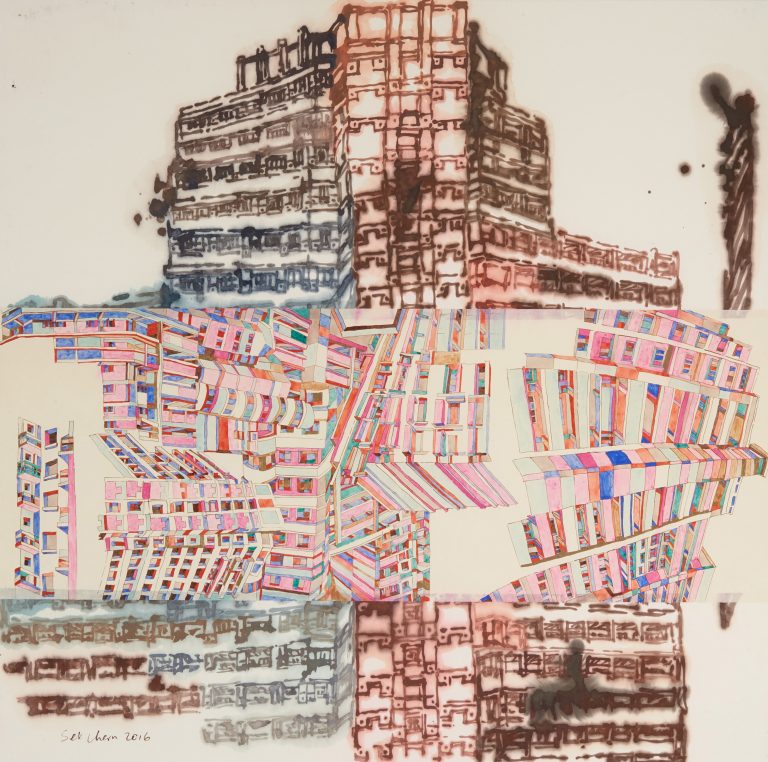
Hong Sek Chern, The Payloads
106 x 106 cm, chinese ink, gouache on rice paper
Lin Hsin Hsin (b. 1952)
“Science is the governor of Art” – Lin Hsin Hsin
Lin Hsin Hsin is an abstract artist but was never closely fitted into this category. Lin explored various artistic styles, from her earlier works which attains strong influence of her tutor Cheong Soo Pieng to the 80s oeuvres as exhibited here, we see her right at the point of entry between abstraction and constructivism.

Lin Hsin Hsin, Untitled, 1982
127 x 86.5 cm, oil on canvas
From initial examination, Untitled, 1985 looks like a non-objective abstract painting but as we pause longer, there is certainly a structure. Lin’s vocabulary develops from her inclination to visualize uncomprehending subjects of greater dimension like science and technology, the universe and even subjects like mathematics. Unlike, pioneer artists who abstracts from real scenes of Kampong landscape into simple forms – a reductive abstraction method; Lin works in the reverse way, by inventively adding interpretation of abstract matters onto her paintings.

Lin Hsin Hsin, Untitled, 1985
87.5 x 128.5 cm, oil on canvas
This painting titled Man & His Universe: Earth Panorama, painted in 1982, which looks deceptively like watercolours, marks a period when she was aggressively exploring the limits of oil medium. From the canvas, by manipulating the oil paint, she leaves no paint marks, and realizes translucency similar to that of watercolour, forgoing the chance to leave any paint brush marks, it becomes very sensual approach to painting.
Lin’s marks on canvas are soft, fluid and gradational, when we get up close to the painting, we will realize that paint is applied thinly and slowly absorbed into the canvas. Her paint becomes so translucent that she probably stained the same area over a few different application of paint.
As we conclude, At The Edge of Visibility shares, about just a few women artists who are perhaps off the radar or need more recognition than they already have for how they have navigated as well as charted their own ideas and creative pathways.
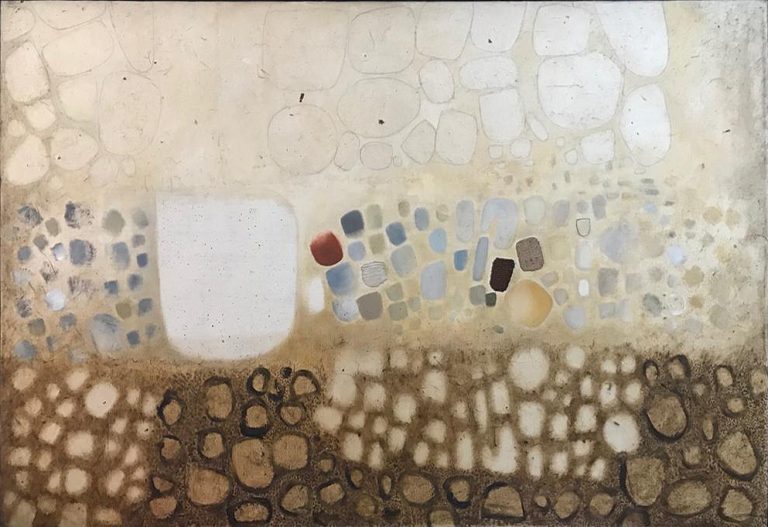
Lin Hsin Hsin, Man & His Universe: Earth Panorama
82 x 162.5 cm, oil on canvas


